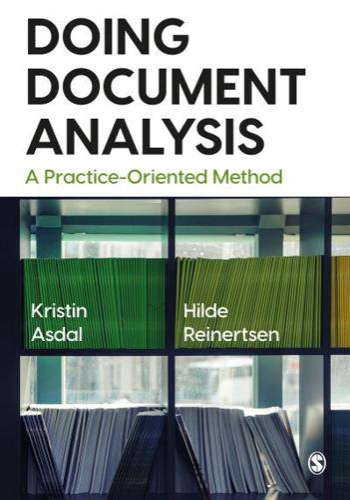Edgar Cayce used his psychic trances to diagnose and treat illnesses from arthritis to epilepsy. This guide provides an easily accessible reference to 9000 of his readings, covering nearly 200 ailments and their treatments.

Edgar Cayce used his psychic trances to diagnose and treat illnesses from arthritis to epilepsy. This guide provides an easily accessible reference to 9000 of his readings, covering nearly 200 ailments and their treatments.
Chapter 1: The Edgar Cayce Legacy
Summary: Introduces Edgar Cayce, his unique psychic abilities, and the vast amount of healing information he provided through readings.
Example: Cayce's readings revealed the importance of diet, nutrition, and lifestyle choices in maintaining health.
Chapter 2: The Role of Consciousness in Healing
Summary: Explores the connection between the mind, body, and spirit in Cayce's teachings. Emphasizes the importance of spiritual development and positive thinking.
Example: Cayce advised patients to "know thyself" and to strive for inner harmony.
Chapter 3: Herbal Remedies
Summary: Provides detailed information on Cayce's recommended herbal remedies for a wide range of ailments. Discusses the healing properties and dosages of various herbs.
Example: Cayce's reading suggested using burdock root and comfrey for skin conditions.
Chapter 4: Physical Therapies
Summary: Examines Cayce's recommendations for physical therapies, including massage, chiropractic, and osteopathy. Explains their benefits and how they can complement other healing modalities.
Example: For joint pain, Cayce suggested a combination of chiropractic adjustments and aromatherapy with lavender and chamomile.
Chapter 5: Nutrition and Diet
Summary: Delves into Cayce's nutritional guidelines, emphasizing the importance of eating whole, unprocessed foods. Provides specific food recommendations and dietary changes.
Example: Cayce recommended a breakfast consisting of oats, raisins, and flax seeds for digestive health.
Chapter 6: Mind and Body Therapies
Summary: Explores mind-body techniques recommended by Cayce, such as yoga, meditation, and visualization. Discusses their role in reducing stress, promoting relaxation, and facilitating healing.
Example: Cayce instructed a patient to practice yoga postures to improve circulation and reduce anxiety.
Chapter 7: Energy Healing
Summary: Examines Cayce's teachings on energy healing, including crystal therapy, polarity therapy, and aromatherapy. Explains how these modalities can restore balance and promote self-healing.
Example: Cayce suggested using amethyst crystals to enhance spiritual connection and alleviate headaches.
Chapter 8: Alternative Medicine
Summary: Discusses Cayce's recommendations for alternative medicine practices, such as acupuncture, homeopathy, and naturopathy. Explains their principles and potential benefits.
Example: For respiratory issues, Cayce recommended acupuncture to stimulate specific energy points.
Chapter 9: Spiritual Healing
Summary: Explores the spiritual dimension of healing in Cayce's work. Emphasizes the importance of prayer, faith, and the connection to a higher power.
Example: Cayce guided patients towards spiritual practices that resonated with their beliefs and helped them find inner peace.
Chapter 10: Edgar Cayce's Legacy in Modern Healing
Summary: Discusses the influence of Cayce's teachings on modern medicine and holistic health. Examines how his insights continue to guide practitioners and empower individuals to take charge of their own well-being.
Example: Cayce's recommendations for mind-body practices have influenced the development of integrative medicine.